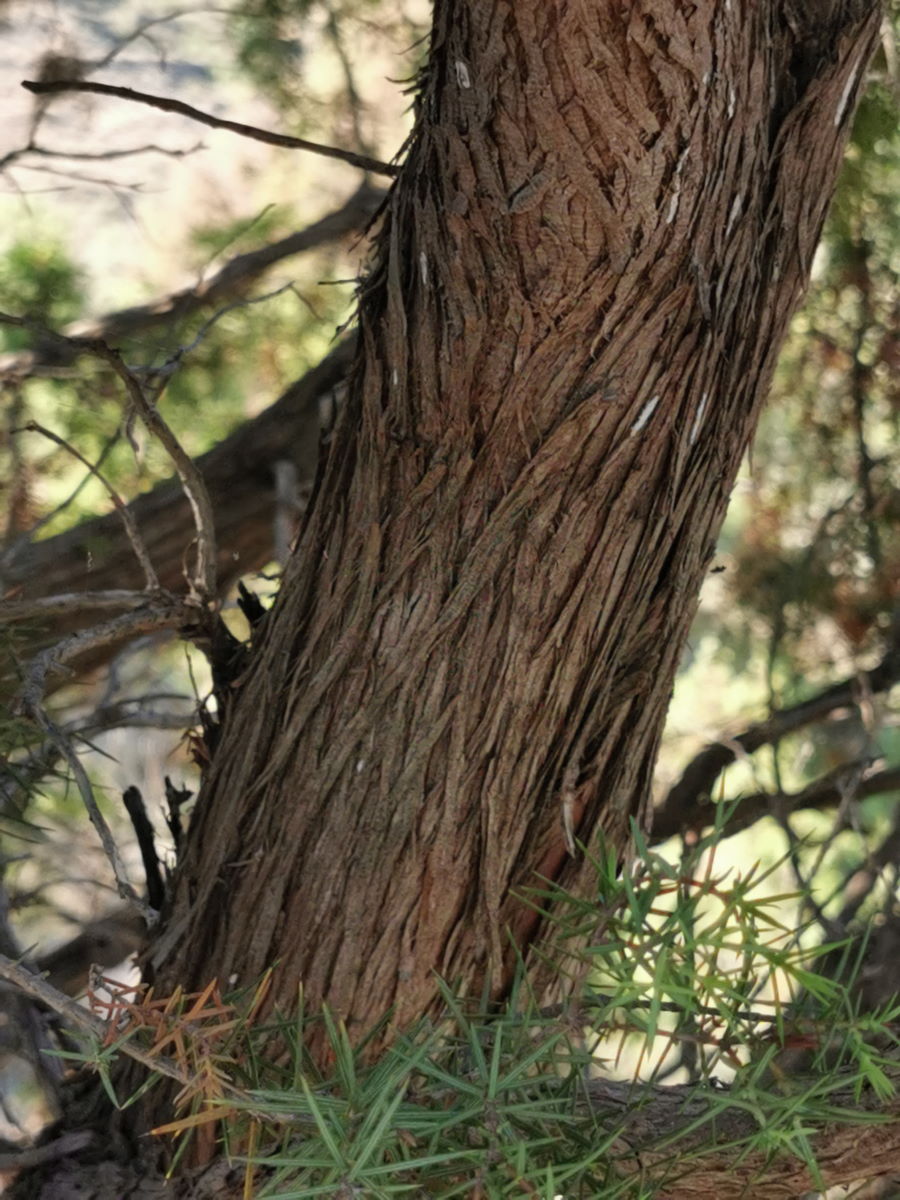
Ecological route, seeing the typical species of the area and their peculiarities (1.5 h).
On this route you reach the end of the farm, where a ravine separates the two autonomous communities. There you can see an old aqueduct to carry the water to the mill, from the upper area of the Tornos river, two kilometers from the farmhouse. You climb the mountain with typical species of a regenerating holm oak. Quercus ilex subsp. ballota constitutes the potential vegetation in much of the region. Practically all the holm oaks were cut down in the last century to use their firewood or to make charcoal, and the land was used for pasture and crops.
In some parts a dense thicket with Juniperus oxycedrus subsp. bad ia as the predominant species, accompanied by very few arboreal or shrub species, only some black juniper (Juniperus phoenicea) and young holm oaks. Many of the junipers are very old and are infected by a parasitic plant, the juniper mistletoe (Arceuthobium oxycedri).
You climb to the highest mountain on the farm, and on the way up you can see the remains of an old lime kiln and the old rainwater conduction system to prevent erosion. At the top you can see the old construction used to separate the properties, called "Pairón", which is a landmark of territorial limitation built in dry stone.



